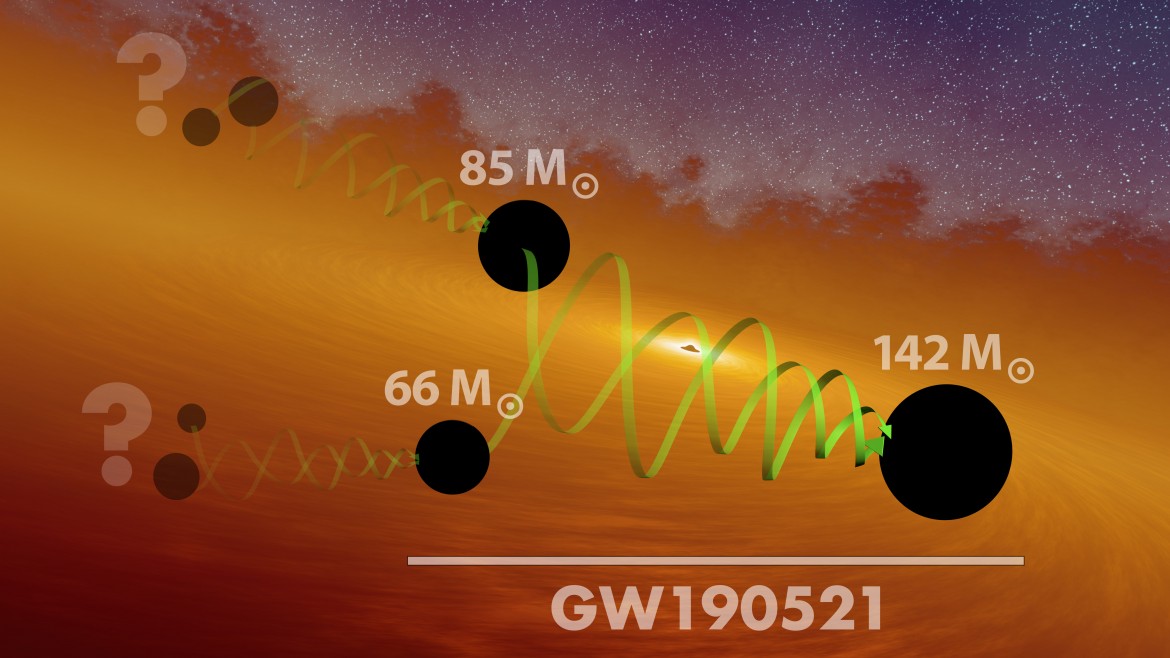Gravitational Wave Physics Group
The era of gravitational wave astronomy began with the spectacular discovery of a merger event of two stellar mass black holes GW150914 by the two interferometric LIGO detectors at the beginning of the first observing run of the Advanced LIGO detectors. The gravitational waves are ripples on the spacetime fabric which travel with the speed of light. Long km armlength interferometric gravitational wave detector network are being constructed. The three scientists Reiner Weiss, Kip Thorne, and Barry Barish received the Nobel Prize in Physics in the year 2017 .

I work on Gravitational Wave physics. The research interests are probing astrophysical properties of compact binary black holes and testing Einstein's general theory of relativity, development of specialized transient search techniques for interferometric gravitational wave detectors and multi-messenger astronomy.
For list of publications, see INSPIRE, GScholar.

Current focus of the group is intermediate mass binary searches as well as eccentric black hole binary searches ranging from matched filter based searches, wavelet based searches to machine learning based transient searches. The group is an active member of the IMBH/eBBH subgroup in the LIGO Scientific Collaboration.
To see the recent publications: Click here and here.
Current, Group members are:
- Nirban Bose, PhD Student
- Koustav Chandra, PhD Student
- Disha Sawant, Post-doctoral fellow
- Sagar K. Gupta, B.Tech Student
- Sanika Choudhary, B. Tech Student

The LIGO Scientific and Virgo Collaboration announced the second catalogue of gravitational wave compact binary merger events totaling 50 binary compact objects. See here for more details.

GW190521 is a record-breaking gravitational wave observation that revolutionizes our knowledge about how black holes are formed, and provides a new way to study the theory of gravity. The event is the gravitational wave signal emitted during the collision of two black holes of mass 85 and 66 times the mass of our Sun in the binary system, forming a remnant black hole of mass 142 times the mass of the Sun. It was generated by a source that is roughly 5 gigaparsecs away, when the universe was about half its age, making it one of the most distant gravitational-wave sources detected so far. The research papers detailing the detection and the astrophysical implications have been published in the Physical Review Letters and Astrophysical Journal Letters respectively which include contribution from the group.